This could be the easiest and most inexpensive way to put the epic 1971 semi-modular synth in your rig. Cherry Audio has a killer ARP 2600 recreation – and it costs only US$25 (intro price).
Why CA2600
The product – Mac/Windows; AU, VST, VST3, AAX, and standalone; $25 intro price then $39 regularly:
https://cherryaudio.com/instruments/ca2600
The 2600 has a uniquely “flattened” design – there’s just a ton of stuff right there in front of you. Faders instead of knobs make it easier to see where parameters are set. Tons of features are available normalled (without patching), including fairly exotic modulation – but most options can be patched, too.
That’s useful to experts, but – once you know what all those labels mean, nice for synth beginners, too.
So yeah, it is the “R2D2 synth” – but even that is revealing. The ARP 2600 makes it uniquely easy to do extreme filter modulation and to patch in signal (like the voice) – all the stuff that made R2D2 speak. That same ease applies to any bleep or bloop you may have in mind.
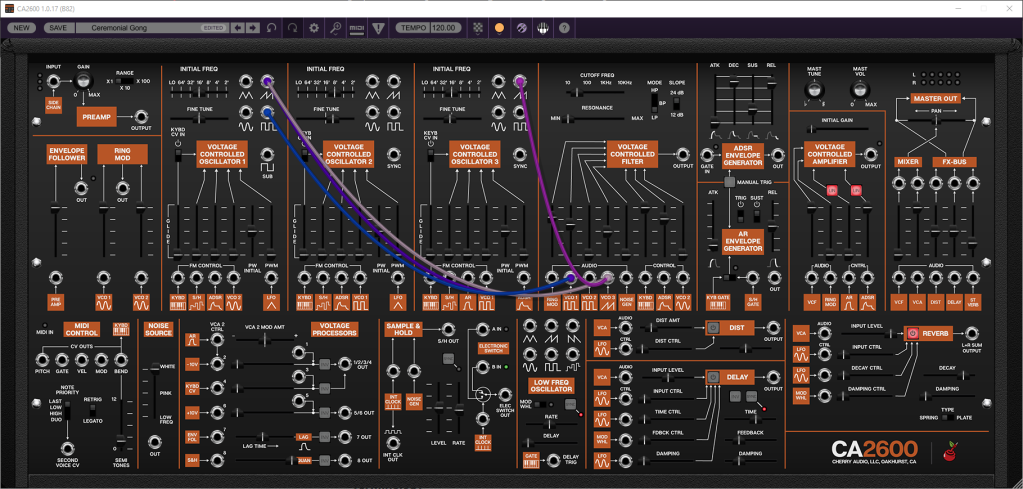
What I especially like in the Cherry Audio version is, it’s exceptionally well balanced between original features and additions. So you get everything on one screen, and all the sounds and features of the original are there. Where there are new features, like multiple filter types, distortion and delay, an extra plate reverb, and so on, they fit neatly onto the main panel and they’re implemented in a way that feels idiomatic. It’s like they could have been there from the beginning. Almost every control is in its original location – with a handful of sliders moved to vertical positions (pulse width, for instance) to save space, but all easy to locate.
The UI is also fantastic. It’s easy on my eyes at 100% zoom, which is a problem with a lot of other software recreations. And their display is custom-configurable – zoom levels, patch cable customization, and three attractive color themes (black/orange, gray, and blue). They’ve also nicely updated the original typography for readability while staying true in spirit to the vintage gear.
So what you get is really ideal – the ability to drop an ARP plug-in (or standalone) into any production workflow, including that all-important audio input so you can use the 2600 as an effects processor or an audio input as a control signal.
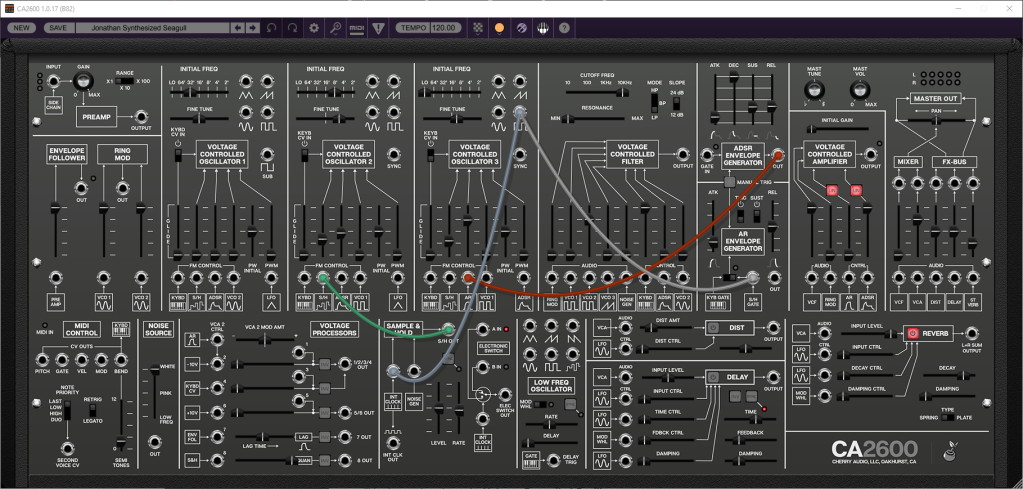
Make a patch
It is stupidly easy to get to things like filter modulation and FM with an ARP 2600 – and when the modeling is this good, it’s equally stupidly easy to make those sound good.
Our friend Tats did a nice intro to the ARP 2600. Let’s borrow him from KORG and the now-defunct Red Bull Music Academy to have a look at FM and using the resonant filter as an additional oscillator.
Of course you can follow this with other renditions of the ARP, too, like the Arturia:
Now, you will easily find these controls on the Cherry Audio remake, because they have added new features without screwing with the layout too much. Don’t panic that the fine tuning is missing for the filter – you can ctrl-drag on filter cutoff to get fine tuning with your mouse.
To help you along, roughly what you want to do (and you’ll hear how accurate the CA2600 is):
Open Basic > Basic Saw.
Turn down Voltage Controlled Filter > Audio > VCO3.
Turn up VCF > Resonance to MAX.
Turn down VCF > Cutoff Freq.
Hold down a note, and turn up VCF > Control > VCO 2 for frequency modulation of the filter. And … wow, yeah, that ARP sound.
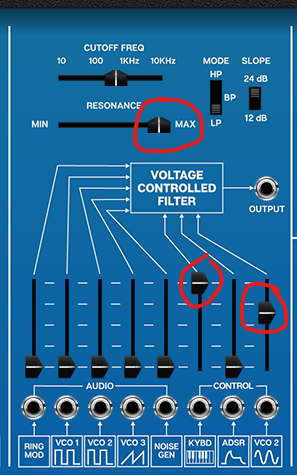
The reason this sounds so different at the last step from Tats is the coarse tuning of VCO 2. Try moving the INITIAL FREQ fader around (in conjunction with VCO 2 control of the filter), and you’ll hear lots of different effects. He’s going for subtlety, but extreme effects sound good, too. You can also experiment with adjusting keyboard tracking – that’s VCF > Keybd; it doesn’t have to be at max. Just using your mouse you can probably get some R2D2-like sounds and other creative sound designs.
I mean, you just have to love the ARP 2600. Whereas a lot of “modern” soft synths hide modulation or make you patch things together, there are just so many faders to fiddle around with. And the sound architecture of the 2600 also makes tons of stuff sound good that would be grating on other synths – not only on digital synths but many analog ones, as well.
You can easily employ that layout without really nailing the sound beneath, but I think you’ll find the Cherry recreation sounds like the original. It just sounds… large.
Perfect Circuit have a nice overview of the modules. Combine this with paging through Cherry Audio’s manual, and you’ll be a semi-expert in an evening, easy.
How Cherry’s ARP stacks up
Cherry Audio, I’m sure you didn’t expect a snap review, but this thing got under my skin – in a good way.
There are a number of decisions here that make this not only an amazing deal at $25, but at any price in software.
All on one screen. It’s all easy to read and well laid-out.
Customizable UI. You can also configure everything here, including how patch cords are displayed or hidden.
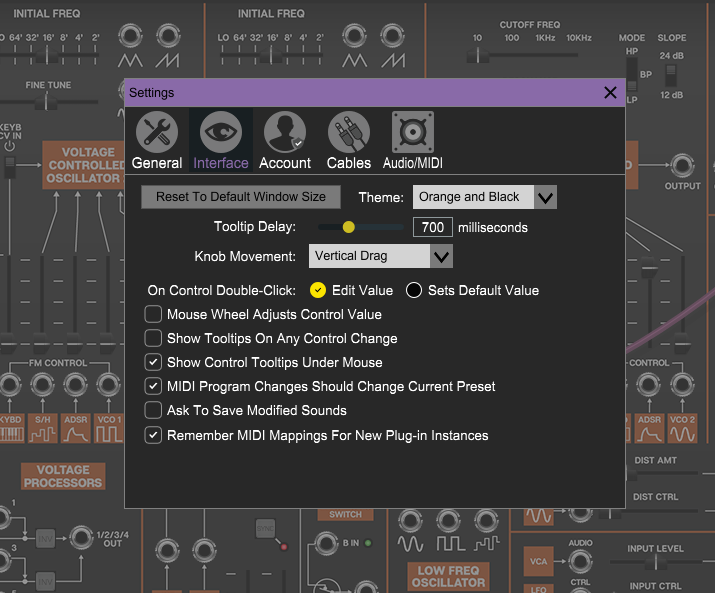
Flexible patch cords. As on Cherry Audio Voltage Modular, each patch point can take multiple patch cords. Advantage, software.
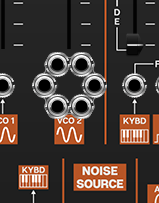
Cherry on top. At this point there are lots of ARP recreations with lots of mods and additions, but I really like the ones Cherry chose.
The filter sounds authentic in its default mode, but you also get bandpass and highpass plus a choice of 12 db or 24 dB slopes.
The reverb now includes a gorgeous plate option in addition to the signature ARP spring. Its character is just perfect for your next ambient patch; you are likely to love flipping that switch.
There’s a second VCA, a feature the original sorely lacked, which finally balances all the signal control options with a second amplitude source.
There’s a wonderful analog saturation (the bit labeled “distortion”), adapted from Cherry’s own Voltage Modular Distortion module.
Plus, you get a delay that looks like it grew straight out of the 2600, with lots of ability to tune and modulate delay times. That can of course easily morph into a chorus or flanger.
I mention all this not really as selling point so much as, here are good areas to go dig into when you try the CA2600. I know I will be experimenting with that second VCA and they delay in making some patches for myself.
Sensible starting points. The preset library has clean, useful patches, including the historical factory patch book. That one is well worth exploring.
The competition. There are lots of emulations out there; the one I’ve worked with is Arturia’s. Arturia as usual have the most full-featured recreation of the original with their ARP 2600 V3. And Arturia’s offering is great. A major difference is, Arturia included ARP’s own Sequencer Model 1601, so you get authentic ARP sequencing in the package.
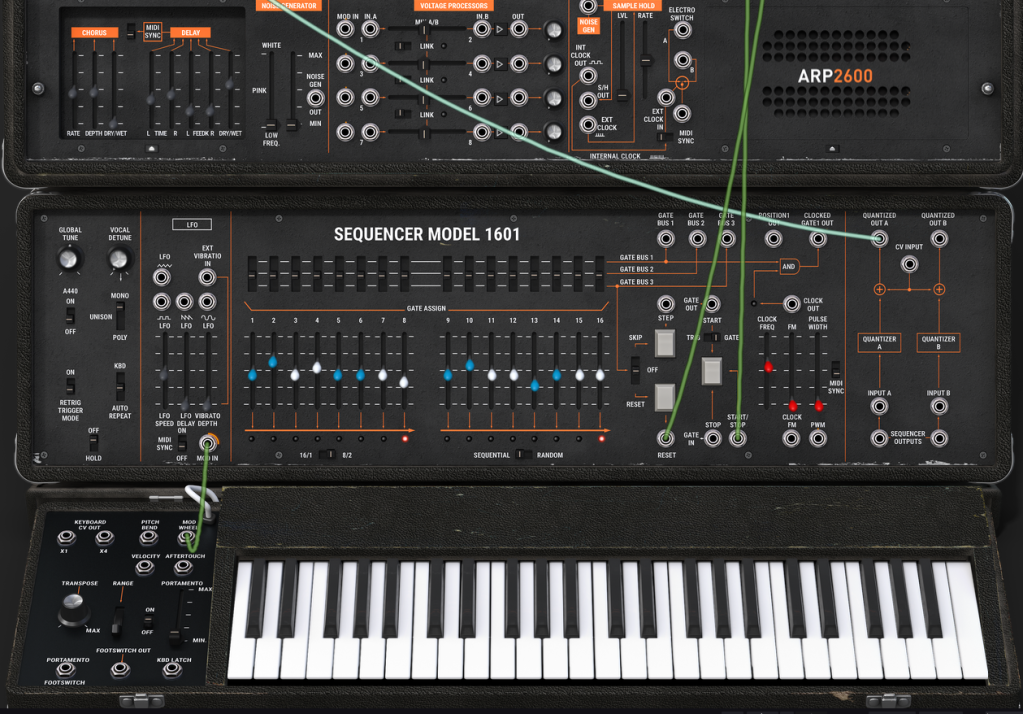
But I think Cherry made a convincing choice. I have tons of sequencer options. I really prefer the Cherry ARP, having everything on a single screen, and getting that feeling of a big hardware panel and native ARP design rather than fidgety additions that pull you back to modern software. Plus I prefer the Cherry sound.
Cherry Audio Voltage Modular fans, this is not available as a module. On the other hand it would kind of defeat the purpose of having a big single screen panel.
It is just terrific to have this package for twenty five bucks and in any plugin host. I am sure it will become a fast favorite for me, and maybe you, too. I love physical controls, but this cures me of any ARP hardware worries, too.
Available now direct from Cherry.
https://cherryaudio.com/instruments/ca2600
More tutorials/demos:
If you’re tired of 1971, or want something fully modular rather than a monolithic semi-modular instrument, then you probably want Voltage Modular instead – available with a free starter kit:
https://cherryaudio.com/voltage-modular
They also have a Roland JUNO-106 remake they call the DCO-106:
https://cherryaudio.com/instruments/dco-106
Now having compared the Arturia to the Cherry ARP 2600 (Arturia does more, Cherry is more focused/vintage feeling), I should put the DCO-106 up against Roland Cloud’s remake, huh? (One bonus of the Roland Cloud approach is, you can combine their hardware and software versions… but that’s a story for another day.)